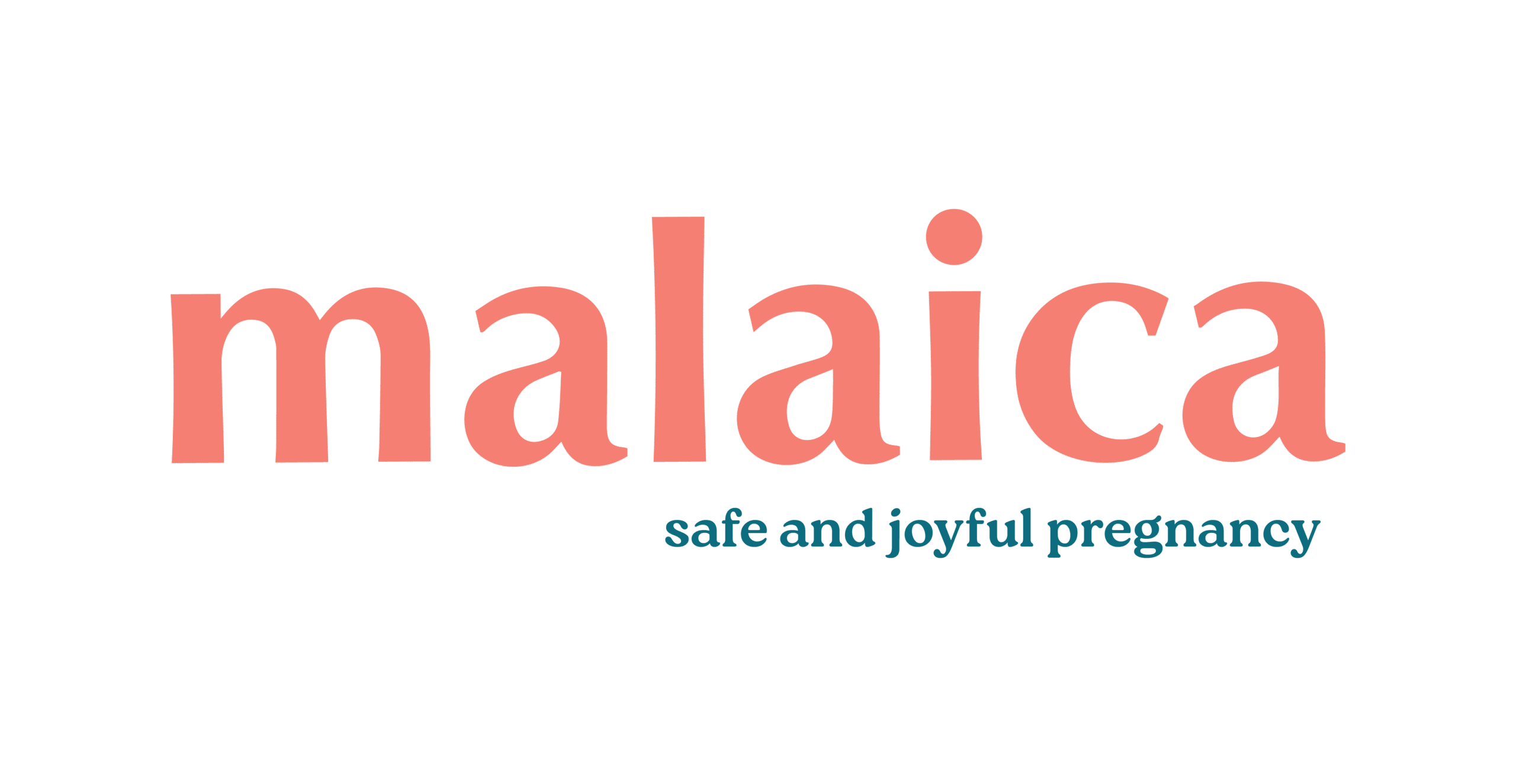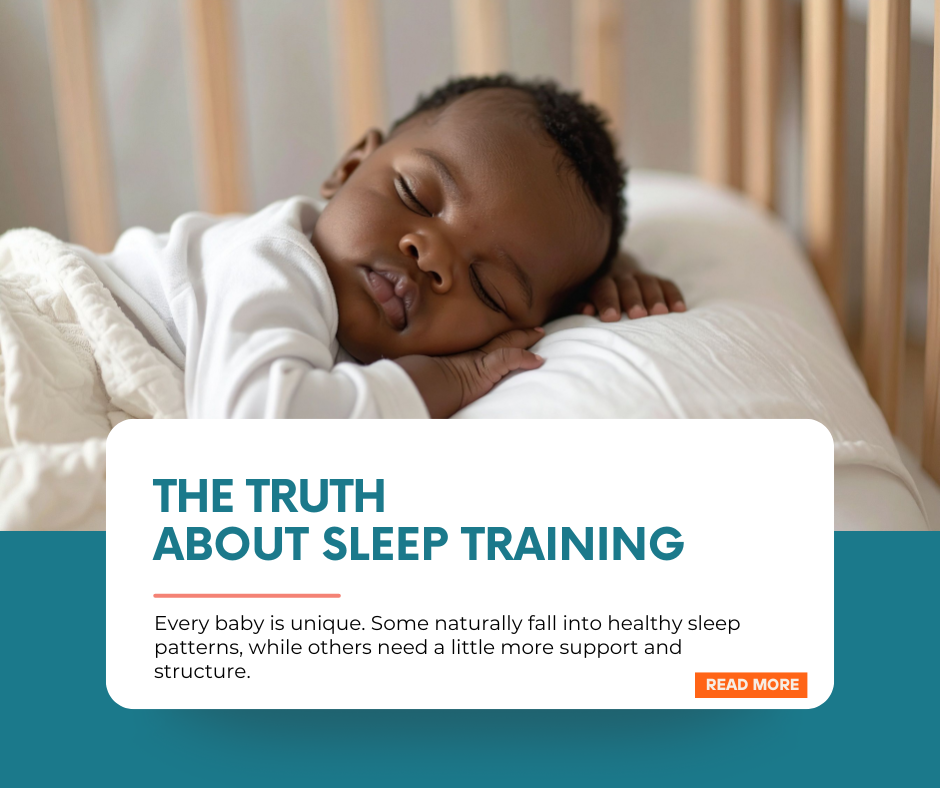Ever watched those episodes of Supernanny and how she manages to put the house in order in less than an episode? It’s impressive, right? From bedtime chaos to quiet slumber, it seems like magic. But in real life, bedtime battles aren’t solved in 45 minutes, and most parents don’t have a camera crew or a parenting expert on speed dial. Sleep training is one of those topics that can make even the calmest parent break into a cold sweat, not because it doesn’t work, but because there’s so much conflicting advice out there.
So, what’s the truth about sleep training? Do you have to let your baby cry it out until they fall asleep? Are there gentler, more compassionate ways that actually work? Let’s unpack it.
Sleep training simply means teaching your baby or toddler how to fall asleep (and stay asleep) independently. Contrary to popular belief, it doesn’t have to mean leaving your child to cry alone for hours. It’s about helping them learn the skill of self-soothing, something that, like walking or talking, takes time and practice.
Every baby is unique. Some naturally fall into healthy sleep patterns, while others need a little more support and structure. The key is understanding your baby’s temperament, your parenting style, and your family’s lifestyle.
Malaica, why does sleep training matter?
Its simple! Good sleep is essential for everyone, especially for growing babies and exhausted parents. Adequate sleep helps babies develop cognitively, emotionally, and physically. For parents, better sleep means improved mental health, patience, and the ability to show up fully during the day.
Without proper sleep, even the simplest tasks can feel overwhelming. Sleep deprivation can lead to postpartum mood disorders, increased anxiety, and even strained relationships. So, sleep training, when done gently and with empathy, is not just about getting a full night’s rest. It’s an act of love and care for the entire family.
Before we let you know how to properly go about it, there are some myths making rounds about that might stain your perception about sleep training.
Myth 1: Sleep training means “cry it out.”
This is probably the biggest misconception. The “cry it out” method, also known as extinction, is just one approach. There are gentler techniques that involve comforting your baby and gradually teaching them independence.
Myth 2: It damages attachment.
When done responsively, sleep training does not harm your bond with your child. In fact, helping your baby get consistent rest can make both of you more relaxed and emotionally attuned during waking hours.
Myth 3: You should start sleep training as early as possible.
Newborns (under 4 months) are still adjusting to life outside the womb and need frequent feeding and comfort. Gentle sleep shaping, not full training, can begin early, but true sleep training works best when babies are developmentally ready, typically between 4 to 6 months.
If you want a calmer, more responsive way to encourage better sleep, here are a few gentle approaches parents swear by:
The Pick Up/Put Down Method
This method, popularized by The Baby Whisperer Tracy Hogg, involves picking your baby up when they cry and putting them down once they’re calm, repeating this as often as needed. It teaches your baby that you’re responsive, while still encouraging self-soothing.
Pros: Builds trust and reassurance.
Cons: Can be time-consuming in the beginning, requiring patience.
The chair method
You start by sitting in a chair next to your baby’s crib as they fall asleep. Each night, you move the chair farther away until you’re out of the room completely.
Pros: Gradual transition with your reassuring presence.
Cons: Takes consistency and time, usually a few weeks to see results.
Fading or gradual withdrawal
This involves slowly reducing your involvement in your baby’s sleep routine, for example, shortening rocking time, lowering your voice during bedtime songs, or spending less time patting their back.
Pros: Minimizes crying and distress.
Cons: Progress is slow, but steady.
Bedtime routines and cues
Sometimes, the best sleep training starts before bedtime. Babies thrive on routine. A consistent sequence, like bath time, a lullaby, dim lights, and cuddles, signals that it’s time to wind down.
Pro tip: Keep it simple and repeatable. The more consistent your bedtime cues, the faster your baby associates them with sleep.
No matter which method you choose, there will be tough nights. Some tears (both yours and your baby’s) are inevitable, but remember, crying doesn’t always mean suffering. It’s often just your baby’s way of expressing frustration or adjusting to new expectations.

It’s okay to pause sleep training if your baby is sick, teething, or going through a developmental leap. Flexibility is key.
Sleep training isn’t a one-size-fits-all process. What works for one baby might not work for another. The truth is, you’re not failing if your baby doesn’t sleep through the night by six months or if your gentle approach takes longer.
Parenting isn’t about perfection; it’s about progress. Whether you choose to sleep train or not, what matters most is that your baby feels loved, safe, and cared for.
And if you ever find yourself in the middle of the night, scrolling through parenting forums while holding a wide-awake baby, just remember, even Supernanny probably had sleepless nights when the cameras were off.


